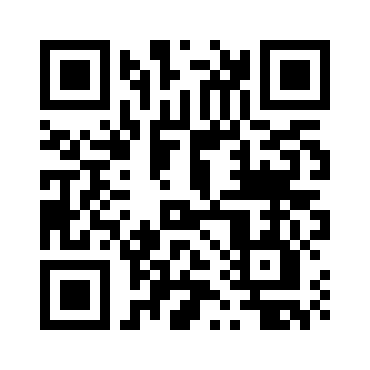Photodynamic Therapy |

|
Photodynamic therapy (PDT) combines a photosensitizing agent with light of a specific wavelength to treat sun damage and early skin cancers. Occasionally it is also used for treatment of inflammatory skin diseases. The treatment starts with the administration of a photosensitizing agent, which preferentially accumulates in the abnormal cells. Upon activation by light at a specific wavelength, the photosensitizer produces reactive oxygen species (ROS), leading to cell death. PDT offers the advantage of being minimally invasive and relatively quick.
There are two type of PDT. Conventional PDT is used to treat small areas on the skin and uses a lamp. Field change PDT treats larger areas of sun damage with either UV radiation present in natural sunlight or a special lamp.
The PDT cream may contain peanut oil or soy oil and it is very important that you inform the clinic if you are allergic to these
Conventional PDT For conventional PDT, a cream is first applied to the area to be treated and left on for 2-3 hours. This wait is to allow the inactive photosensitiser to be absorbed into the skin and to be converted by skin cells into the active form of the photosensitiser. The cream or gel is then wiped off and the area cleaned. A bright light (usually a red light) is then shone onto the treatment area for approximately 10 to 15 minutes (the exact time will be decided by the healthcare professional depending on the light source that is used). There will be some degree of discomfort during this light exposure. Rarely if the discomfort is significant it may be necessary to discontinue the treatment.
Photodynamic therapy for field change is a technique used to treat larger areas of sun damaged skin. A cream is first applied to the area to be treated and left on for up to two hours. Subsequently the area is exposed to outdoor sunlight or a special lamp for up to two hours. You should stay exposed for the advised amount of time. The cream or gel is then wiped off and the area cleaned. The treatment area then needs to be covered to protect it from daylight for the rest of the day to limit inflammation. Common side effects are inflammation, redness and crusting. Uncommon side effects are blistering, bruising, itching, allergic reaction, increased hair growth or loss of hair and pigmentary change (areas of the skin may be left lighter, darker or redder than previously). There is also a risk that the treatment is ineffective or that the problem recurs.
After the treatment has been completed, a dressing and/or sunscreen will be applied which is to be kept on, usually for two days to prevent any further exposure to light. Common side effects are inflammation, redness and crusting. Uncommon side effects are blistering, bruising, itching, allergic reaction, increased hair growth or loss of hair and pigmentary change (areas of the skin may be left lighter, darker or redder than previously). There is also a risk that the treatment is ineffective or that the problem recurs.
You will be asked to sign a consent form when you attend for treatment please read this carefully in advance:-
To book an in person consultation, enter your details below and my practice management team will contact you to schedule the appointment. Alternatively call 0203 389 6076 (calls are answered during working hours) or email: [email protected].